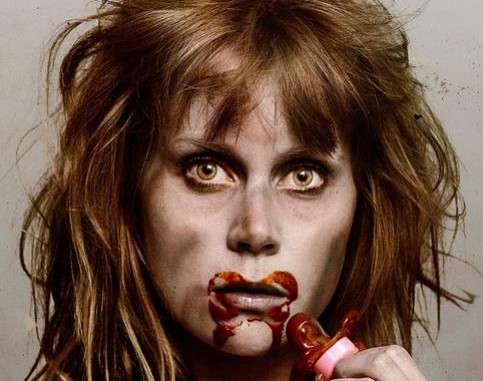
Well pitched [by Matt Baker]
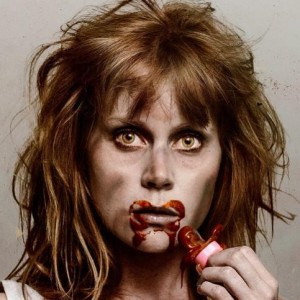
It’s taken Todd Emerson seven years to mount The Pitchfork Disney, and it’s easy to see why the play stuck with him after his initial reading of it. Premiering in England in 1991, the play is considered a first in the arrival of the “in-yer-face” generation of playwrights, including Mark Ravenhill, Sarah Kane, and Anthony Neilson. Sophie Roberts’ director’s notes could not sum up the themes and background of the play more succinctly, and it is clear that she has an incredible grasp of the artistic merit of the piece and an unwavering justification as to why it deserves to be performed. It is this understanding and analysis that fleshes out the intricacies of a play which is arguably a delusional illusion of an allusion.
It takes Emerson about ten minutes to drop the gaudy facials, but once he engages in his role as brother and allows his character’s drive to motivate his actions, there is a wonderful simmering in his performance, which culminates beautifully in his dream speech.
Michelle Blundell is flawless as Emerson’s sororal twin, with an infectious and endearing energy that is clearly as enjoyable to play as it is to watch. Blundell expertly counteracts this exuberance with a solid grounding in hergiven circumstances, and allows her relationship with Emerson to drive her actions with complete commitment.
Leon Wadham certainly has the showmanship of his character down, and moulds his mouth around the words with great speed and clarity. His attempt to gain presence with his gait, however, seems incongruous to his overall physicality, and, while there is a directness and strength in his delivery, he tends to lack points of view that offer any depth or play against to what he says and does.
Philip Ridley’s script is riddled with fantastic foreshadowing and surreal storytelling, the latter of which, however, does begin to wane in the second half of the middle of the play. Thankfully, this is broken with the arrival of Sam Snedden, who is magnificently menacing as Wadham’s associate. Frame aside, Snedden commands the stage with his physical particularisation, and delivers his ‘dialogue’ in a way that induces an absurdly poignant fear.
Daniel Williams’ set design is worth the price of admission alone, the theatrical journey starting from the moment you step off Queen Street. Williams has worked with meticulous detail, and managed to fill the space of the Q Loft which can otherwise easily submit to black hole voids. Costumes, also by Williams, are both indiscreet and precise when necessary. Sound design, by Sean Lynch, offers literal undertones to the dream-like interpretation of the majority of the play, manipulating sounds to great effect. Jennifer Lal’s lighting design does not shy away from its stylistic approach, and works cohesively with William’s set.
These spectacle elements, combined with the location of the theatre and the artist’s interpretation of the piece, make for a full theatrical experience, however, it does not quite reach the sum of its parts on opening night. Clearly, a great amount of work has gone into this piece, and, while the devil is in the detail, the resultant aforementioned waning tends to drop the plot, leaving the final occurrences to be rather anti-climactic and out of character. However, without taking anything away from either the author or text’s identity, this team ofpractitioners has conscientiously, and successfully, transferred Ridley’s play to Auckland’s theatre scene.
The Pitchfork Disney is presented by The Moving Theatre Company and plays at the Q Loft until June 29th. Details see Q.

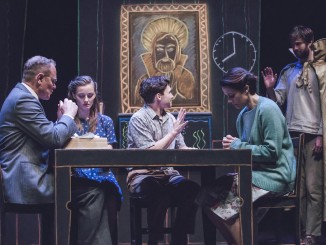
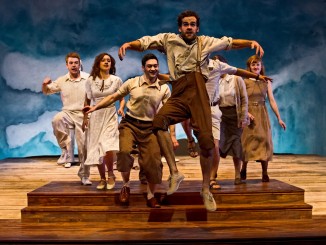
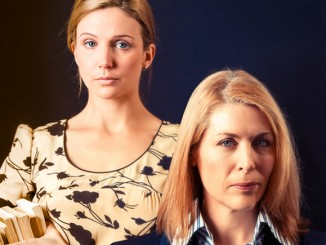
Didn’t BATS put this on years ago? In the early 90s?
They did indeed. About 10 years ago apparently – I haven’t been able to confirm the exact year. It premiered in London in 1991, so 10 years (1993) sounds about the right amount of time it would take to come to New Zealand.
So it turns out that 10 years ago would be 2003. So, um… yeah.